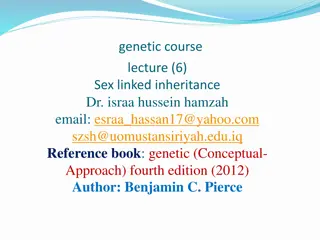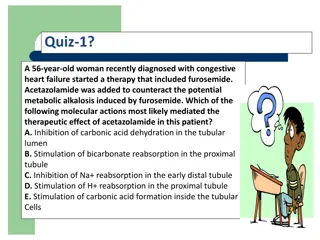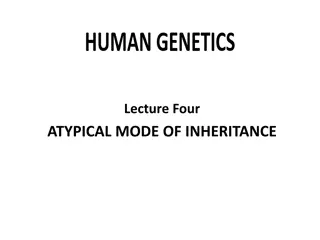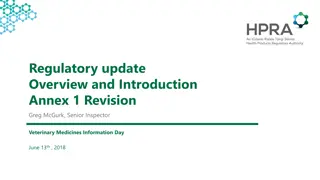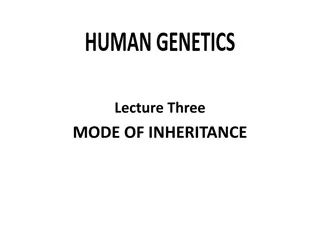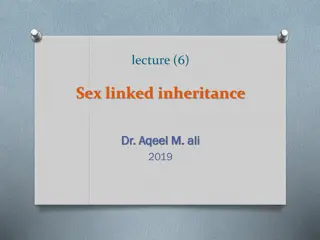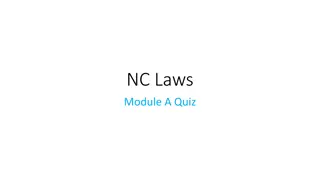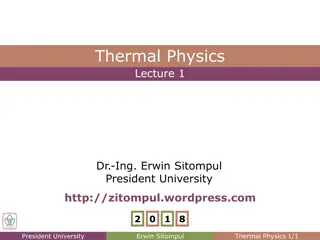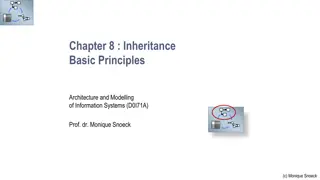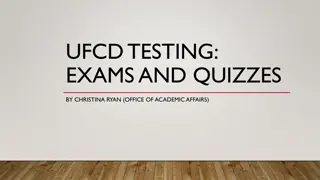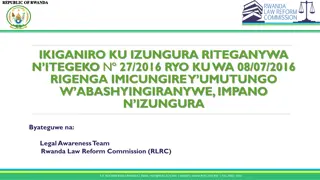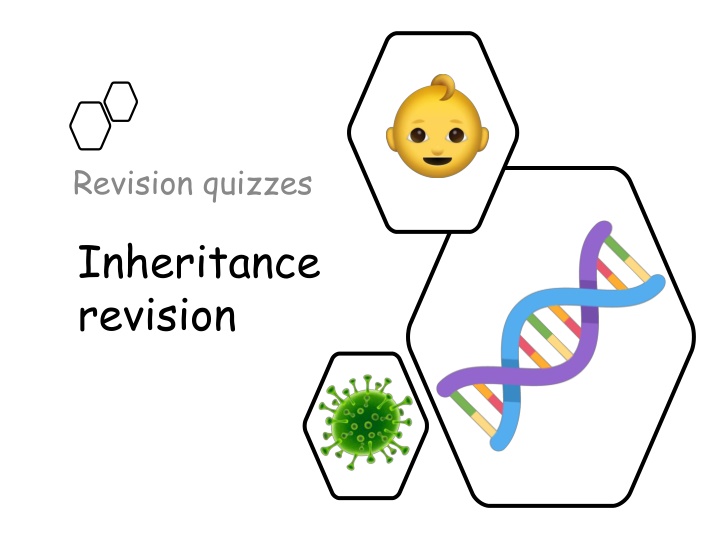
Explore Reproductive Biology through Quizzes and Diagrams
Test your knowledge on male and female reproductive systems, DNA structure, chromosome inheritance, pregnancy lengths across different animal species, and risks of bad habits on foetal development through a series of engaging quizzes and visual aids. Dive into the intricate world of life creation and genetic inheritance with this educational material.
Download Presentation

Please find below an Image/Link to download the presentation.
The content on the website is provided AS IS for your information and personal use only. It may not be sold, licensed, or shared on other websites without obtaining consent from the author. If you encounter any issues during the download, it is possible that the publisher has removed the file from their server.
You are allowed to download the files provided on this website for personal or commercial use, subject to the condition that they are used lawfully. All files are the property of their respective owners.
The content on the website is provided AS IS for your information and personal use only. It may not be sold, licensed, or shared on other websites without obtaining consent from the author.
E N D
Presentation Transcript
Revision quizzes Inheritance revision
Quiz 1 Identify the parts of the male and female reproductive systems 1. a b c c a d b 2. Write the function of each part beside the name
Quiz 2 1. Name cells that are produced in the male reproductive system and draw picture of one. 2. Name the cells that are produced by the female reproductive system and draw a picture of one. 3. Write the steps of fertilization in the correct order. One sperm fuses with the egg. This is called fertilisation. An egg is released from the ovary in the woman. The sperm swim towards the egg. Millions of sperm are released from the man s penis into the woman s vagina. 4. Sketch a diagram for each step described above
Quiz 3 1. What does DNA stand for? 2. Where is DNA found? 3. Sketch a drawing of DNA and give the name of this shape 4. Copy and complete the passage below DNA is a long coiled molecule that is found in the ________ of our cells. It is essential for all life as it has contains the instructions for making _________ which are used to build and repair our cells. DNA consists of _________ strands twist into a shape called ___________. DNA is made of ______ different building blocks called _________. These only fit together with one other base. Cytosine only pairs up with ________ and Thymine only pairs up with_______.
Quiz 4 1. Complete the strand of DNA below by matching up the base pairs A--- T--- G--- C--- A--- A--- A--- C--- C--- T--- 2. 3. 4. 5. 6. How many Adenine bases are present? What percentage of the strand is made of Thymine? DNA coils up to form chromosomes how many do humans have? What percentage of DNA is inherited from you father? What is a section of DNA in a chromosome called
Quiz 5 1. Label the diagram below showing the developing foetus. A B C D 2. Beside each name write its job or what it does
Quiz 6 1. Draw a bar graph showing the following information. Average length of pregnancy (months) 2 9 2 21 8 11 9 4 Animal Cat Cow Dog Elephant Hippo Horse Human Lion 2. 3. 4. 5. Which animal has the longest pregnancy? Which has the shortest? Which animal has a similar length of pregnancy to humans? Which animals pregnancy is a quarter of the length of a hippo?
Quiz 7 Create a mind map in jotter showing all the risks of bad habits to foetal development. As well as the habits include what they cause. Risks to foetal development
Quiz 8 1. Copy and complete the table below by finding the definition for each of the key word about genetics. Key word Gene Genotype Phenotype Dominant gene Recessive Gene Definition 2. Each gene codes for a trait that can be shown in our physical appearance. List as many traits as you can. 3. Explain why we get two copies of each gene?
Quiz 9 1. Name the three types of microbe? 2. What type of microbe is yeast? What is it used for? 3. Which type of microbe is used to produce yoghurt? 4. A type of microbe called E.Coli multiply every 20 minutes. Copy and complete the table below. 5. Use the information on the table above to draw a line graph
Quiz 10 1. Sketch the picture of human below and add arrows and labels showing all the defences the body has against harmful microbes. 2. Draw a comic sketch showing how vaccines help to defend the body against microbes. Explain each step. 3.





